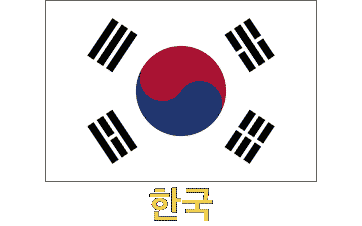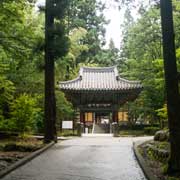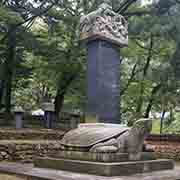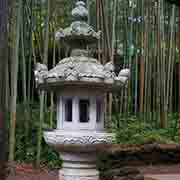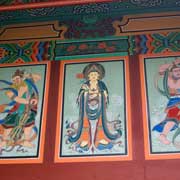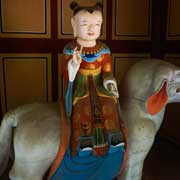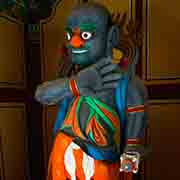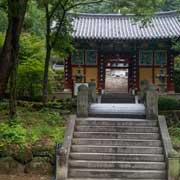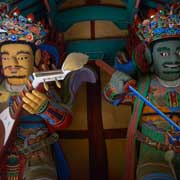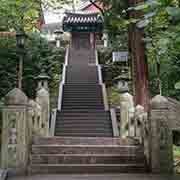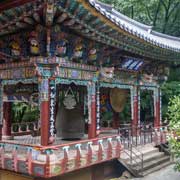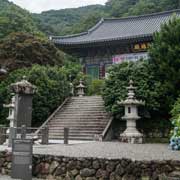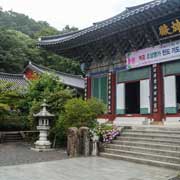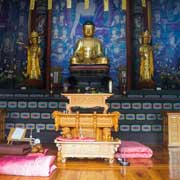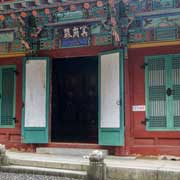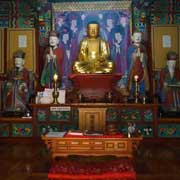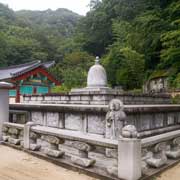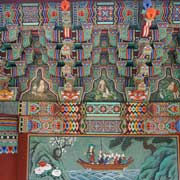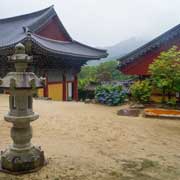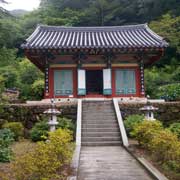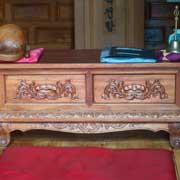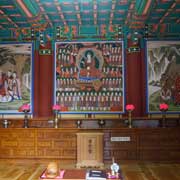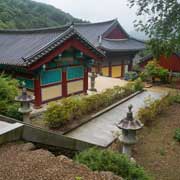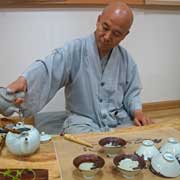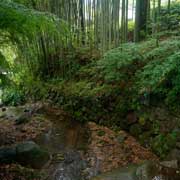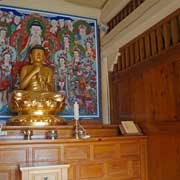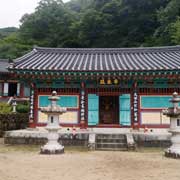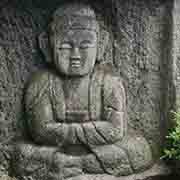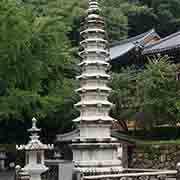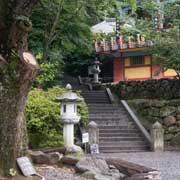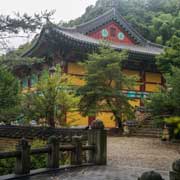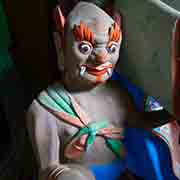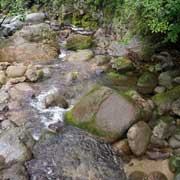Photos of Ssanggyesa Temple, South Gyeongsang Province, Korea
Ssanggyesa Temple, South Gyeongsang Province
Ssanggyesa, a head temple of the Jogye Order of Korean Buddhism, is located on the southern slopes of Jirisan in Gyeongsangnam-do (South Gyeongsang Province). It was founded in 722 as Okcheonsa (Jade-Heaven Temple) by Sambeop and Daebi, two disciples of the great Hwaeom Master Uisang-daesa. It was renamed “Ssanggyesa” (Twin-Streams Monastery) in the 9th century. Most of the temple dates to the 17th century or after that: all its buildings were burned to the ground by Japanese invaders in 1592.
you may then send it as a postcard if you wish.
There are three gateways between the earthly world and the world of Buddha, leading to Ssanggyesa Daeungjeon, the main hall, with seven statues on the main altar; in the centre is a statue of Seokgamoni-bul (Sakyamuni Buddha). Another hall, Ssanggyesa Myeongbujeon, has almost equal importance - the result of the change when orthodox Buddhism absorbed some traditional folk beliefs; ceremonies for the repose of the souls of the dead take place here. At the top of Ssanggyesa is Sanshin-gak, a particular shrine for non-Buddhist deities above and behind the Main Halls; Sanshin, Korea’s native “Mountain Spirit”, was long worshipped as a Shamanic demigod.
There is also a library housing 1,743 woodblocks, used to print a total of 36 Buddhist scriptures and books on Buddhism. Examples are “A Collection of the Essential Buddhist Teachings”, written by Seon monks, academic books on the once widely popular Seon Buddhism (better known in the West through its Japanese variant Zen), the Daesung sutra and textbooks used in temple schools. A newer structure is a nine-story stone pagoda built between 1987 and 1990. Enshrined within are three sarira pieces (Buddhist relic, a pearl or crystal-like bead-shaped object that are purportedly found among the cremated ashes of Buddhist spiritual masters) of Sakyamuni that the monk Kosan brought from his pilgrimage to Buddhist holy sites in India.


